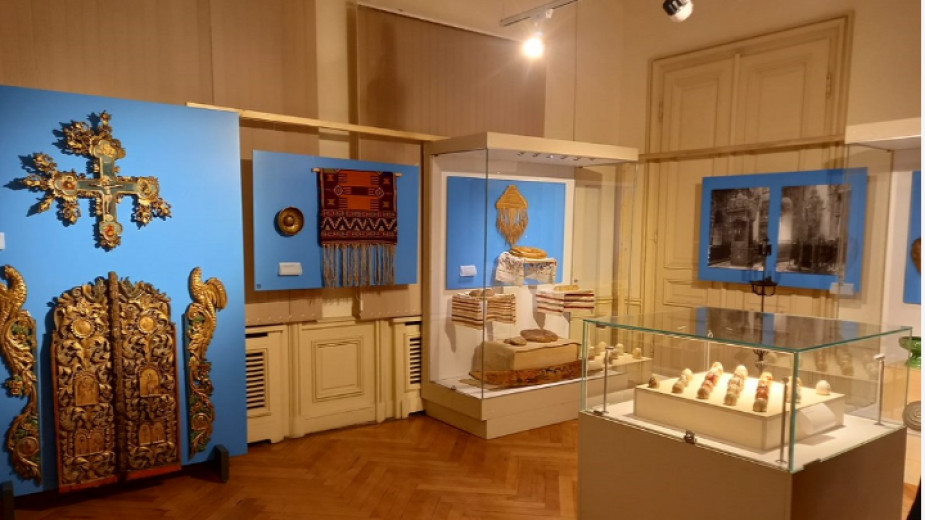 16
16
Trapezitsa is one of the three hills for which the old Bulgarian capital, Tarnovgrad (the medieval name of today’s Veliko Tarnovo), is famous . Located to the northwest of the town, it stands across from the neighboring hill Tsarevets – the..
On the feast of the Dormition of Saint Ivan Rilski, the Bulgarian Patriarch and Metropolitan of Sofia Daniil led the Divine Liturgy at the Rila Monastery. On the eve of the feast, he bowed before the relics of the patron saint of the Bulgarian people..
Today, August 18, the Bulgarian Orthodox Church marks the Dormition of St. John of Rila – the heavenly patron of Bulgaria. He is the most beloved saint in Bulgaria and is revered even beyond the borders of this country. We associate..

+359 2 9336 661
